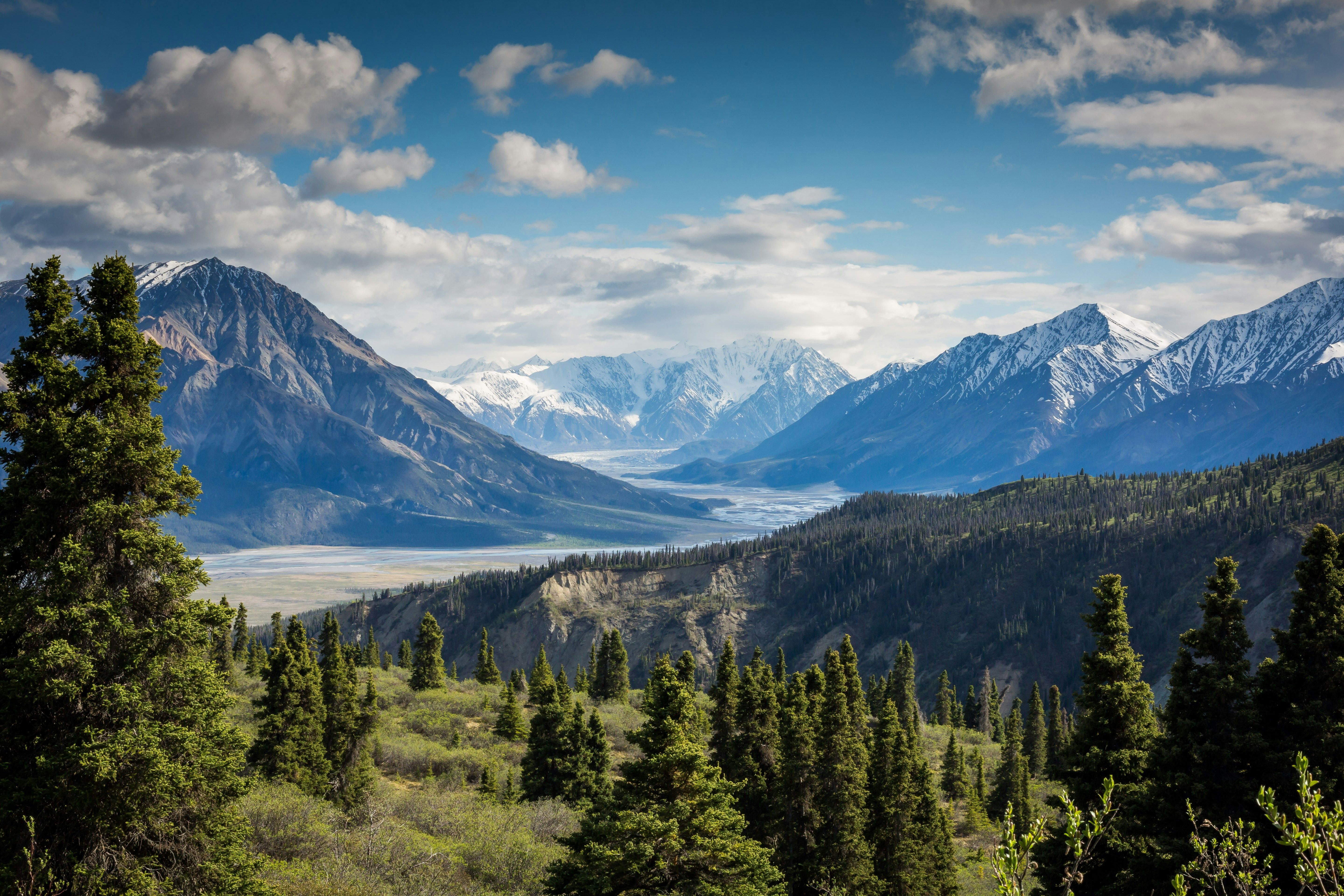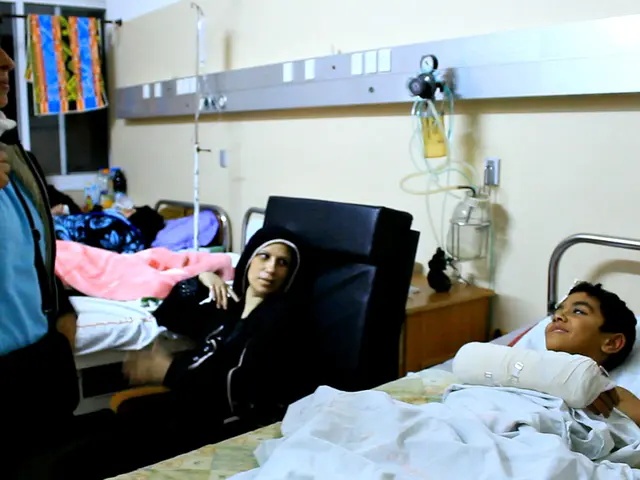West Coast undergoes powerful storm, triggering evacuations in LA regions marred by recent wildfire incidents.
A whistle-blowing storm hammers the West Coast with torrential rain, forceful winds, and snowstorms in the mountains, migrating southwards and posing a severe risk to areas ravaged by the devastating wildfires in Los Angeles earlier this year.
Warnings: Los Angeles authorities have raised evacuation alerts in specific zones of Los Angeles County midweek, with Mayor Karen Bass emphasizing that regions scorched during the January fires are susceptible to debris flows and stormwater runoff from the heavy rains, potentially harboring hazardous debris.
"With another storm headed towards LA, I implore Angelenos to remain vigilant, especially in burned areas," Mayor Bass declared in a statement. "Ensuring the safety of Angelenos is my utmost priority, so heed all evacuation advisories, remain cautious, and stay informed."
Urgent Measures: The rush is on, as Los Angeles County Supervisor Kathryn Barger alerted during a press conference on Wednesday, with affected communities advised to stay on high alert due to the imminent threat of mudslides and landslides. Authorities in Los Angeles County have already dispatched teams to inspect and order evacuations in 133 affected homes.
Broad Warnings: Over 20 million people across Southern California have been placed under flood watches until Thursday afternoon, with the Weather Prediction Center issuing a level 2 or 4 warning for excessive rainfall in sensitive regions.
Preparedness: The California Governor's Office of Emergency Services shared on Wednesday that they've stationed rescue personnel and equipment in eleven counties expected to suffer the brunt of the storm, including Los Angeles County. Additionally, surveillance cameras, broadcasting live around the clock and in all directions, have been positioned in scorched zones to monitor potential risks of debris flow.
Local Action: In Santa Barbara, a shelter-in-place has been established for areas impacted by the Lake Fire burn scar. The Santa Barbara County Office of Emergency Management is advising those residing in the affected zone to retreat to their innermost rooms or higher ground, like a second floor, in case of debris flows and rockslides.
The Storm's Extent: The storm, initially hitting Northern California on Wednesday, has also resulted in minor flooding in Alameda County and scattered rainfall of up to 2 inches across the entire region, including greater San Francisco and Sacramento. These locations reported wind gusts of up to 60 mph, leading to downed trees and extensive power outages. However, the most severe impacts have lessened, with wind alerts having expired in San Francisco and those for Sacramento set to expire early Thursday morning.
The Sierra Nevada mountain range can anticipate snowfall rates of over 2 inches per hour before Thursday morning. The storm is projected to continue its journey across the nation on Thursday, disseminating rain and snowfall in the Rockies, triggering fire weather in the Central and Southern Plains, and eventually inducing severe weather in parts of the Southeast.
This is an evolving situation and updates will be provided accordingly.
We extend our gratitude to CNN's Robert Shackelford for his contributions to this report.
- Amid the imminent threat of mudslides and landslides in the burned areas of Los Angeles County, Mayor Karen Bass urged Angelenos to heed all evacuation advisories, remain cautious, and stay informed, as another storm is approaching.
- With heavy rainfall warnings in place until Thursday afternoon, authorities in Los Angeles County have already dispatched teams to inspect and order evacuations in 133 affected homes, particularly in sensitive regions, where the risk of debris flows and stormwater runoff is high.
- As the storm disperses snowfall rates of over 2 inches per hour in the Sierra Nevada mountain range, the Weather Prediction Center has issued a level 2 or 4 warning for excessive rainfall in some regions, potentially threatening over 20 million people across Southern California with flood risks.





